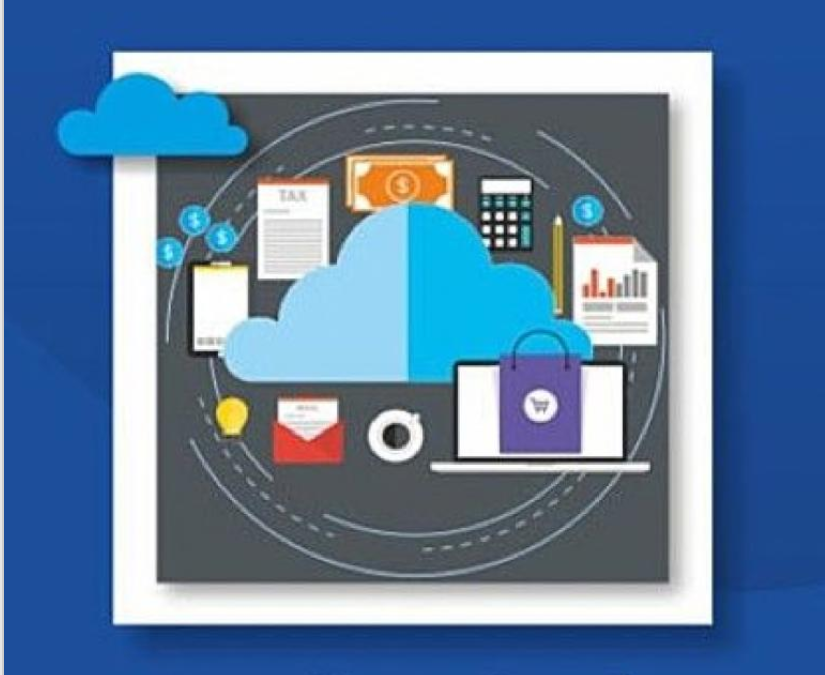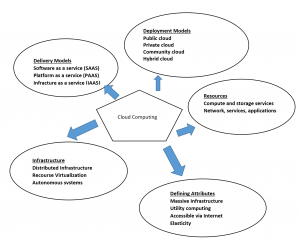
What is cloud computing?
How does the cloud service provider work? The information processing can be done more efficiently with the idea of centralized networking where large farms of computing systems and storage are accessible via internet. or networking. When we prefer to use the distant data centers computing systems rather than local computing systems, then we introduce the idea of network-centering computing or network-centering contents.
There are two new computing models:
- utility computing
- Cloud computing
These models were developed because of advancement in networking and other technologies.
The concentrations of hardware and software resources is done in utility computing in large data centers, for consuming, storing and using the communicating resources.
A cloud like infrastructure is needed for utility computing. Cloud computing is the path to utility computing. Which is embraced by many companies such as Amazon.
In order to provide the elastic services, cloud computing uses internet technologies. Because the recourses are multiplexed that’s why cloud computing is cost effective. It is an emerging technology and we can only speculate how applications can migrate to it and to what extent it will evolve.

Large number of applications like in science and engineering, gaming, social networking can take advantage of cloud computing.
Complex cloud Provider chains for service providers
Majority of the the cloud use cases take services only from one service provider. But there are certain cases where more service providers are involved. Dropbox is its example that uses Amazon’s EC2 and S3 services in order to provide its own SAAS (software as a service) service. Provider chain concept is defined as follows:
In the provision of services to the consumer, at least two cloud providers are involved ( PAAS, IAAS, SAAS). One of these cloud providers act as a primary service provider. There is no direct relationship to the consumer by the subsequent service providers. Subsequent service providers can be or cant be the consumers but the primary provider must be a consumer himself. This is the scenario when they are using the services provided by other clouds.
Another term for the cloud consumer is cloud customer. The following figure depicts a simple case where a simple cloud service is being provided by three cloud service providers.

It can be noticed that SaaS is the primary service provider and in order to host its services, it uses Paas’s platform. Paas uses the resources provided by Iaas providers as it does not have its own data center.
the whole chain follows this data handling policy. These data handling polices then decide when data retentions is needed (the process of deleting the data after certain time period) and what are the security requirements. Security requirements involve the rules for access control and protection of the system that is handling the data.
Auditing cloud provider chains
With respect to auditing new challenges are introduced in complex cloud service provision. In the typical services, where only one provide and one consumer are involved, polices are easier to agree with.
Cloud consumer may not be aware of the fact that there can be another third party or a person is involved as long as it does not experience any security risks. Still the whole chain of providers have to be considered.
Consider a case in which there is a restriction set for data retention where a specific information is supposed to be deleted after a certain period of time.
At the PAAS provider, long events are deleted that were maintained by data management.
Also read here
- What is the Linux Distro? Best Linux distro for developers 2022
- How much RAM is needed for a system?
-
Open Source Vs Closed source operating system
-
How to represent floats in computer system?
-
What is the Linux Operating System?
-
How to enable the motherboard HDMI?